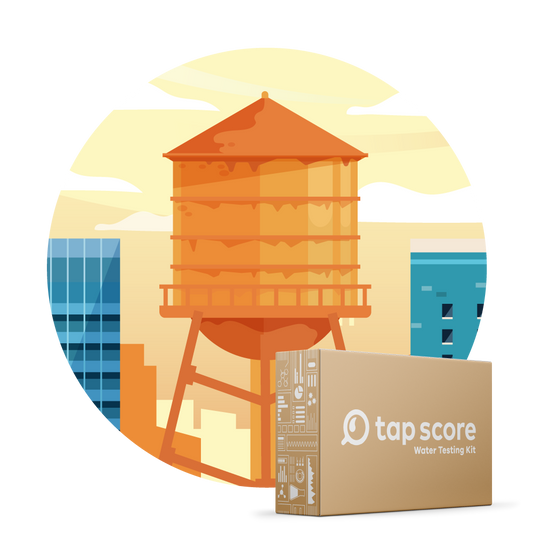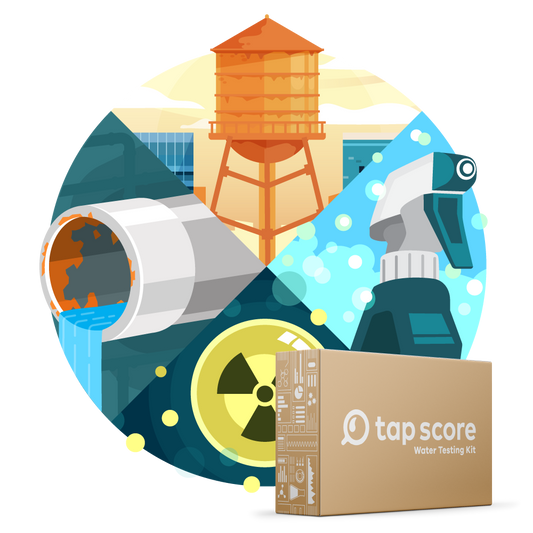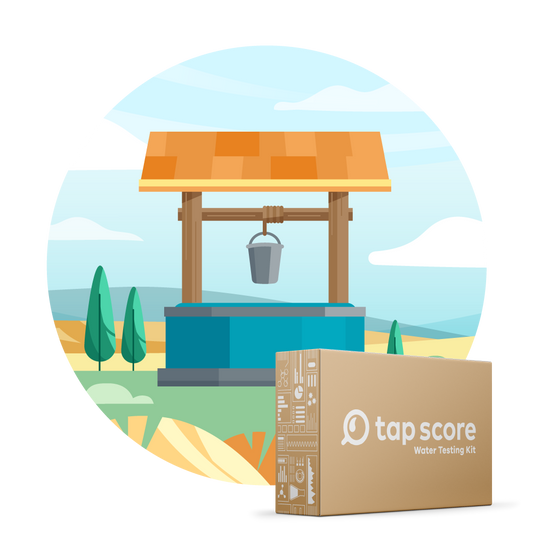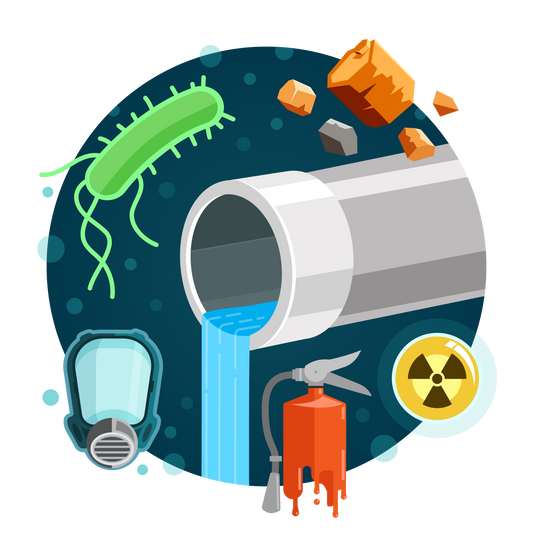Tap Score Quality Assurance and Quality Control
Our blog is written by real experts— not AI. Each guide is carefully reviewed and updated based on the latest research. Plus, with no affiliate links, you can count on unbiased insights you can trust.
Tap Score and the SimpleLab national network of testing laboratories take the analysis and reporting of your water quality very seriously.
Our shared mission is to deliver to you trusted, sophisticated lab testing along with cutting-edge health sciences and engineering support. To ensure the consistency and dependability of our service can be maintained while operating on a swift time frame, we have implemented a number of important quality assurance and control measures across our value chain. These measures address the proper ordering of tests, correct packaging of vials in kits, organized fulfillment of kit orders, appropriate shipping speeds and materials, correct sampling protocol, accuracy of laboratory analysis, and the correct reporting of results.
Specifically regarding the laboratory analyses and reporting of results, the quality control (QC) process is the final step that must occur before results can be verified and released in a final report. The QC process detects, evaluates, and corrects any errors due to instrumentation issues, environmental conditions, or technician performance–all before the results are reported. A major part of the QC process for any lab involves analyzing an array of additional samples beyond just the sample of interest (e.g., a tap water sample).[1] Different labs may have slightly different QC processes, but some of the typical QC samples a lab may run include the following:
Method Blank: A method blank is a sample that is contaminant-free (typically using pure deionized water) and is prepared and analyzed following the same process as the other samples that are being tested. This means that any preservatives or reagents used in sample preparation are added to the method blanks as well. Method blanks are used to determine whether the sample preparation process and any chemicals used therein introduce contaminants to the samples. If the sample results for any method blanks are anything other than non-detect, it could mean that contamination was introduced via the sample preparation process.
Laboratory Duplicate: A laboratory duplicate is created by splitting a sample into two sub-samples and analyzing them separately on the same instrument and in the same analytical batch. The results for laboratory duplicates are compared in order to evaluate the precision of the analysis.
Laboratory Control Sample: A laboratory control sample is composed of a contaminant-free matrix (typically laboratory grade deionized water, like for method blanks) to which known concentrations of the target analytes have been added prior to sample preparation and analysis. The recoveries of the target analytes in the LCS are used to determine whether the method is working properly and if the lab is capable of making unbiased measurements. Labs set acceptance criteria for the different analytes in the LCS using statistical methods on historical data.
Matrix Spikes: Matrix spikes are similar to LCS’s in that they are samples to which known concentrations of target analytes have been added prior to sample preparation and analysis. The difference between a matrix spike and an LCS is that the analytes are spiked into the actual sample matrix for the matrix spike (e.g., the actual tap water being analyzed), whereas an LCS involves spikes in a contaminant-free medium (e.g., deionized water). Matrix spikes are analyzed to confirm method performance by measuring the effects of interferences caused by the specific sample matrix.
Calibration Blank: A calibration blank is an aliquot of a contaminant-free matrix, such as deionized water, that can be used to calibrate the analytical instrument. The calibration blank is distinct from the method blank because it is not subject to the sample preparation steps used to process actual samples like the method blank.
Calibration Standards: Calibration standards are made by diluting a standard solution containing known amounts of the target analytes, resulting in a sequence of samples with different, known concentrations of the analytes to be measured. The calibration standards (including the blank) are used calibrate the analytical instrument.
The additional QC samples described above are just a subset of the extensive QC protocols a lab will run in order to verify results. All QC protocols are critical to ensure high quality, accurate data. If any QC checks fail, it may mean that the sample needs to be re-run, re-processed or re-collected. Tap Score (and SimpleLab) always strive to provide you with your results ASAP while maintaining best practices so that you can trust that your results are of the utmost accuracy.
Sources of Variability and Inaccuracy:
Like all water test results (indeed, all lab testing), results are subject to variabilities and inaccuracies that we work to understand, limit, and explain. Here are the most common sources of variability we are aware of in every informational, non-compliance Tap Score Report:
- Sampling time may not capture all contaminants at that time of day
- Sampling date may not capture all contaminants over the course of a year
- Sampling location may not capture all contaminants you are exposed to via other vectors
Here are the most common sources of inaccuracy we are aware of in every informational, non-compliance Tap Score Report:
- Accidental contamination by the sampling party’s hands, clothes, or some other material in the vicinity can enter the sampling vial and cause inaccuracy.
- Sampling prep and instrumentation issues due to environmental, human error or other uncontrolled variables.
- Shipping and handling of samples may result in unexpected environmental conditions (like high or low temperatures during transit) which can affect before it arrives at the lab.
- Some parameters included in the informational packages are analyzed and reported as proxy-tests (lower accuracy than for other compounds). For these proxy-test compounds we recommend (and offer) higher precision targeted testing packages for folks who want a more zeroed in result. For the Core Kit packages, like the Essential and Advanced water tests, this includes results for nitrates, uranium, mercury, fluoride and strontium. The extent of this inaccuracy is difficult to quantify (it could be negligible, it could be 2x the reported value) so we encourage you to view these parameters as estimates rather than exact measures.
- All testing methods in the lab have inherent inaccuracies which labs work hard to minimize with proper machine maintenance, regular calibration, and by following the QC procedures outlined in the analytical methods and laboratory standard operating procedures (SOPs).
Read More
▾Benefits of a Laboratory Network | SimpleLab Tap Score
How Does the Tap Score Algorithm Work
Tap Score Customer Support–Why It Rocks
Shipping with Tap Score
Collecting a Water Sample | SimpleLab Tap Score
What is Turnaround Time (TAT)? | SimpleLab Tap Score
Example Tap Score Report
Targeted Testing Packages | SimpleLab Tap Score
Laboratory Detection Limits Explained | SimpleLab Tap Score











